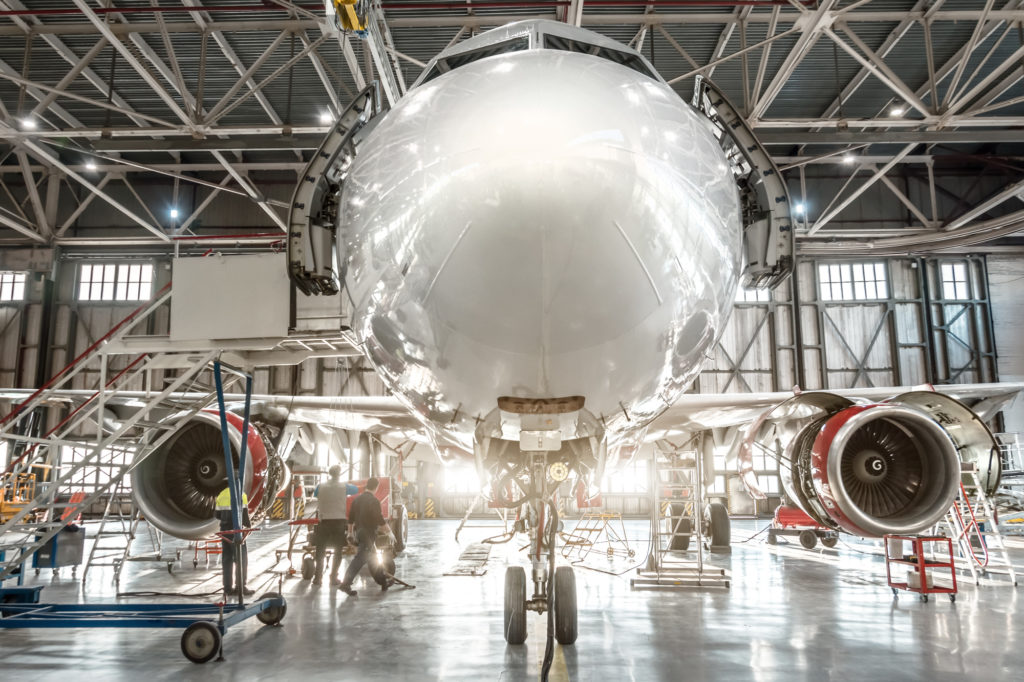
Crew Resource Management (CRM) is a concept familiar to all pilots. In Advisory Circular (AC) 120-51E, the Federal Aviation Administration (FAA) defines it as “the effective use of all available resources.” In this context, the FAA is thinking pilots using all available “human resources, hardware, and information.. CRM is something all pilots learn, but what sort of “human resources, hardware and information” do pilots have outside of the flight deck? The answer is quite a bit.
Your company’s benefits can include things such as health insurance, dental insurance, short-term and long-term disability insurance, FMLA, and various forms of paid or unpaid leave-of-absences. Every pilot should be generally aware which of these resources are available, and generally how they provide support. Look to your Collective Bargaining Agreement (CBA or Contract) or Employee Handbook for more details.
Pilots are often unaware what resources their union provides. All unions negotiate work rules, pay raises and benefits but most airline unions also offer dispute resolution (Professional Standards), assistance and support after incidents (CIRP), relief from substance dependency (HIMS), mental health support (CHOCKS), as well as more mundane issues such as uniform policy or payroll questions. With thousands of pilots flying, questions arise on almost every issue, and many pilots are simply unaware of the completely free resources their unions provide.

Various non-union groups have sprouted up in support of aerospace professionals. Volunteers with groups such as Professional Pilots of Tomorrow provide free mentorship and disseminate industry news via their Facebook page. The Organization of Black Aerospace Professionals promotes minorities and underrepresented individuals in aerospace and STEM-related career fields through career fairs, ACE Academies, and their own Luke Weathers Flight Academy. Women in Aviation, International (WAI) offers an industry-leading magazine, career conferences, and educational materials to (not exclusively) women of all ages, with the goal of promoting women to join the aerospace sector, while celebrating the many achievements of women in aviation. The list of groups that provide immeasurable benefits to the aerospace sector is long. If you want to find out more, search the Web for these amazing organizations:
- National Gay Pilots Association (NGPA) https://www.ngpa.org
- The Ninety Nines, Inc. https://www.ninety-nines.org
- Organization of Black Aerospace Professionals (OBAP) https://www.obap.org
- Aircraft Owners and Pilots Association (AOPA) https://www.aopa.org
- Experimental Aircraft Association (EAA) https://www.eaa.org/eaa
- Latino Pilots Association (LPA) http://www.latinopilot.org
- Professional Asian Pilots Association (PAPA) http://www.asianpilots.org
Most of these organizations offer scholarships, financing or other financial assistance, in addition to community support and networking benefits.
It still amazes me how few pilots take advantage of three government programs that can enhance aviation safety and our professional progression. These programs include the Aviation Safety Reporting System (ASRS), Aviation Safety Action Program (ASAP) and the FAA WINGS Pilot Proficiency Program.
Aviation Safety Reporting System (ASRS)
The ASRS program is administered by NASA and is available to all pilots. The program collects “voluntarily submitted aviation safety incident/situation reports from pilots, controllers, and others … ASRS acts on the information these reports contain. It identifies system deficiencies, and issues alerting messages to persons in a position to correct them” with the overall goal of preventing future accidents and incidents. What benefit does a pilot receive for reporting a safety concern? If you submit a report, the FAA is barred (with a few exceptions) from pursuing action on your certificate.
Aviation Safety Action Program (ASAP)
To the pilot, the ASAP program is essentially the same as ASRS, except that it is administered by each airline, and has a different structure. (For instance, NASA is not involved, but the airline’s Event Review Committee is.) Overall the program is the same; identify a safety issue, report it, reduce your exposure to FAA violation while improving aviation safety for everyone. Prior to actually submitting a report or utilizing any program, the pilot/reader, should do their own research and apply due diligence.
FAA’s WINGS Program
The WINGS program is geared more toward the general aviation community, but it functions on the belief that a pilot who “maintains currency and proficiency” is a safer pilot. The program includes lessons on leading causes of accidents in aviation and promotes pilots to get flight instruction on specific maneuvers that led to the unsafe condition. Completion of any WINGS phase constitutes a flight review, saving the pilot money and fulfilling the requirements of CFR 61.56.
The aviation industry has numerous programs and organization available to pilots at all levels in the industry that promote youth engagement in aerospace careers, aviation safety, personal and professional growth. I encourage you, whatever your career path, to take advantage of these free resources.
























































































































